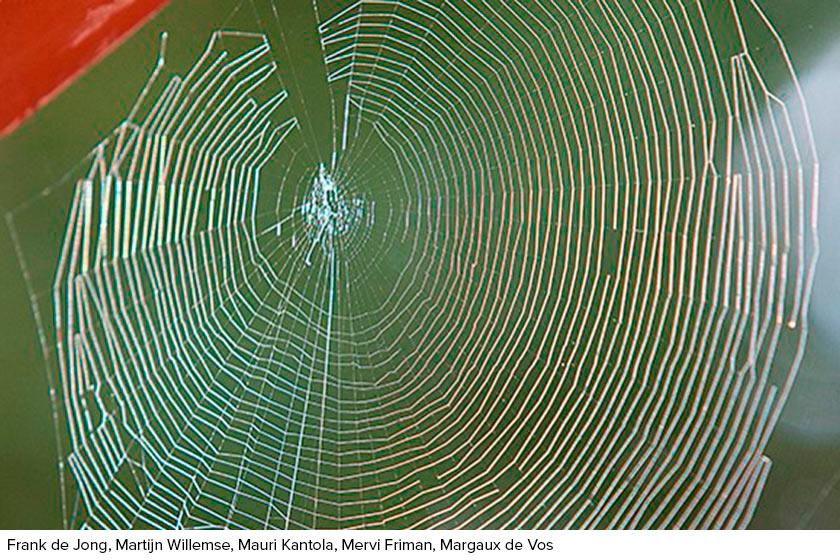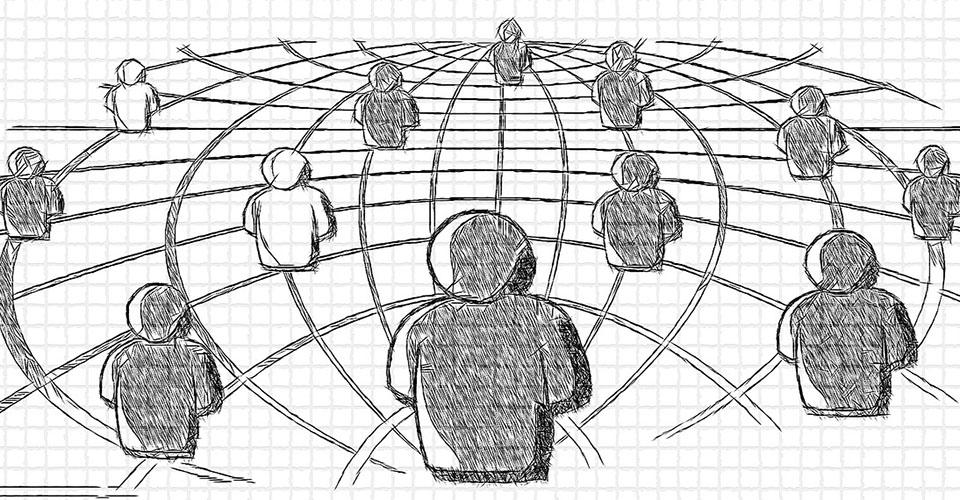
Ilkka Väänänen
Ten years ago, 16 March 2011 the first issue of the Journal of Finnish Universities of Applied Sciences, AMK-Lehti / UAS Journal was published. Articles published in the very first issue deal with similar strategic and operative level themes with this 10th anniversary issue on current topics, such as internationalisation, competitiveness, regional development, quality, leadership, integration of education and RDI activities. Even computer vision applications were reflected already ten years ago – we may say that the journal had and still has their finger on the pulse, acting as a proactive and open showcase for diverse practise-based higher education.
A closer look at the path of the UAS Journal from the Kever journal of 500 readers to an online journal with nearly 100,000 annual visitors can be found in Mervi Friman and Mauri Kantola’s article ”UAS Journalin verkkoja kokemassa” (translating approximately as Checking the fishing nets of the UAS Journal) in this issue .
In the end of 2020, Centria Research and Development made a reader survey (n=100) for the UAS Journal. In the results, the journal was portrayed as timely, diverse and competent. The respondents described the journal as a Finnish horse, known for working hard, but also as chameleon-like colourfulness. In general, UAS Journal was seen as a familiar suitable-for-all journal of the whole universities of applied sciences “family”. Most of the respondents (80%) were very pleased with the journal (av. 7.5 in the scale of 0–10) and a third of them (32%) would recommend the journal to their friend or colleague (Net Promoter Score 14).
During previous years, we have published texts by staff in the universities of applied sciences, as well as texts by stakeholders. We have also published a couple of international special issues together with the European Association for Practitioner Research on Improving Learning (EAPRIL). The number of visitors and readers has steadily increased. For instance, during the three previous years (2018–2020) the number of visitors has doubled close to 100,000.
The journal is seen as an easy and practical publication platform, especially for RDI activities that are not always an acceptable topic for scientifically refereed journals. The UAS Journal provides information on current topics and can be used in supporting teaching. An online journal is fast in spreading results of RDI activities and work-related information in a popularised form. The journal helps in perceiving what others in the field do, and gives a wide-perspective view on higher education. The journal offers a diverse setting from pedagogy to RDI activities in the higher education environment. New networks have also been found because of the journal.
The results of the reader survey included a wish for further themes and topics: change in work, digitalisation, continuous learning, and teachership. Also the regional impact of universities of applied sciences, internationalisation, artificial intelligence, neuro marketing, research methods, knowledge-based management, competence development and quality in general were among desired themes. The next issue this year (2/2021) is themed “Open RDI activities and open education in universities of applied sciences”. The third and fourth issues published next autumn will discuss responsibility. First, from the perspectives of pedagogical leadership, and equality and equity, and in the last annual issue, from the perspectives of higher education activities and actors, as well as those of networks and stakeholders.
This “Current topics” issue was extremely popular. We received 54 suggestions on current topics in RDI activities and enterprise collaboration. Unfortunately we could not publish them all in this issue. The texts published today include brief communications on recommendations on practical training, digitalisation, design education, and the significance of Professor Erikkson in nursing, as well as articles on the COVID-19 pandemy, sustainable mining, bioeconomy, sea cluster, gaming industry, traditional craftmanship combined with modern technology, integration of university studies and career, global education, future competence needs, communal creativity, staff productivity development, and South African RDI collaboration.
I want to thank all of you who have participated in making the UAS Journal across the years, and hope that you have interesting reads with the journal also in the future!
Author
Ilkka Väänänen, Editor-in-Chief






